Help Your Best Friend Survive the Dog Days of Summer
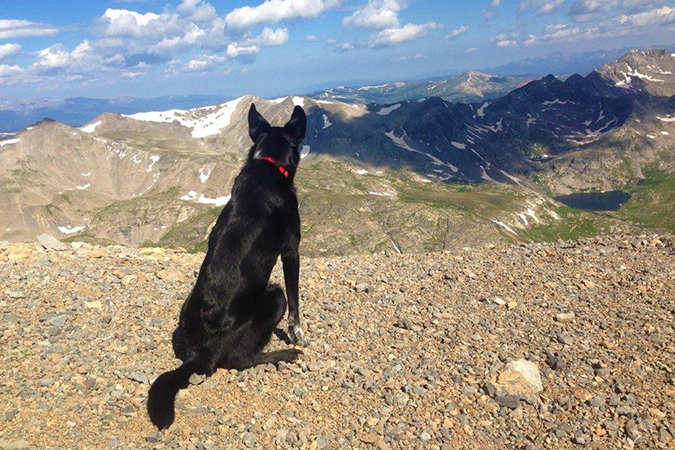
By Dr. Heather Loenser
The dog days of summer are officially here, and if you’re feeling the heat...chances are your pets are, too. They may not complain about it like we do, but do not for a second believe they can easily handle hours of outdoor activity. Their ancestors knew instinctively how to keep cool, but our pampered pooches need help. We are asking them to be weekend warriors; running alongside us as we bike, joining us on long walks, swimming across the lake. We humans have a hard enough time; on Monday everyone’s complaining about their aches and pains. Whether you’re going on vacation or taking a walk in the neighborhood, make sure your pet doesn’t fall prey to common summer hazards. Surprisingly, the same precautions we take in the hot weather also apply to our pets. As a veterinarian, my job is two-fold; to heal sick pets and to educate their parents. Here are guidelines to help you and your pet have a trauma-free summer.
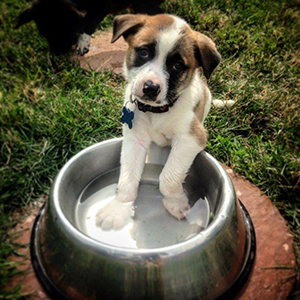
1. Take plenty of water. We may like to drink it cold, but our dogs really do not care. What’s important is that everyone stays hydrated. Before I set out with my dogs for the day or whenever we take a road trip, I freeze a few bottles of water and in a few hours they’re icy cold and ready to drink. A simple way to check if your dog is dehydrated is to lift up his lips and feel his gums. If they’re dry and tacky instead of moist and slippery, he’s likely dehydrated. If he seems too weak to drink, take him to a veterinarian as soon as possible. Find a veterinary hospital accredited by the American Animal Hospital Association (www.aaha.org) by using the AAHA Hospital Locator. Simply key in your zip code and a list of accredited hospitals will pop up. By using a hospital listed on the Locator, you’ll be getting the very best care.
2. Keep cool! For us, hand-held fans, spray bottles, and cold, wet bandanas around our neck take the edge off the heat as we sweat. However, dogs don’t sweat; they cool off by panting. Some large dogs develop compromised airways as they age, causing them to have a hard time cooling off. Labrador retrievers, golden retrievers and Newfoundlands are prime candidates for heat stroke. Since these changes occur over time, owners need to keep a watchful eye on older, large breeds. The signs can be subtle; if you notice your dog snoring, panting harshly or if his bark seems hoarse, have your vet check his breathing function.
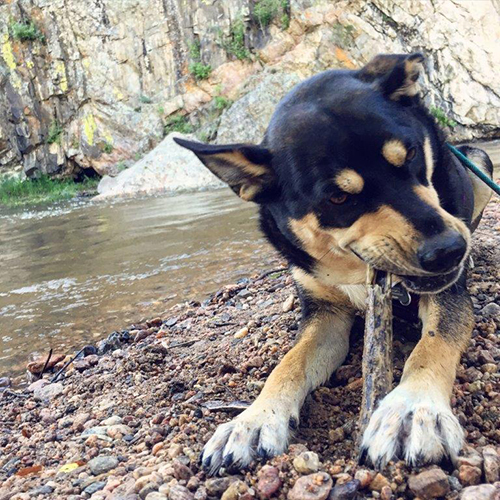
French bulldogs, English bulldogs and Boston terriers are also at risk for heat stroke. These flat-faced breeds are born with excess tissue at the back of the mouth making it difficult for them to breathe...especially in the summer. Yesterday afternoon a pet owner rushed his bulldog to my hospital after the two of them had been jogging in the heat. Unfortunately, the poor little guy didn’t make it because his owner followed the old-wives’ tale: “You can cure heat stroke by soaking a hot dog in massive amounts of cold water.” Instead of helping the situation, this actually makes it worse. A rapid decrease in body temperature can potentially cause severe shock and organ damage. The proper way to cool down a dog is to mimic “sweating.” To do this, soak a towel in warm water and douse the body parts with the least amount of fur: the belly, the inside of the ear flaps, the paw pads and the “armpits.” Afterwards, place him in front of a fan. Even if he appears to be recovered, take him to the vet to be evaluated. He could be suffering internal damage which only your vet can determine.
To avoid heat stroke, exercise your dog in the cooler parts of the day and for short periods of time. And, though you’ve heard this a million times, I can’t stress it enough: Never leave your dog in an unattended car. The temperature inside can be 40 degrees hotter than it is outside.

3. Protect from pests: We use bug spray to repel the insects of summer, and our dogs need protection too...from fleas, ticks and mosquitoes. Your vet will help you choose a preventative that has data to support its effectiveness. Products are available in the form of long-lasting collars, liquids applied directly to the skin and chewable pills. These medications can help prevent flea allergies, Lyme disease and heartworm disease. The American Animal Hospital Association recommends year-round parasite control.
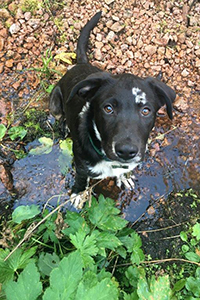
4. Pamper the paws: Imagine walking barefoot around the city on a sweltering day or on hot sand at the beach. Ouch! The golden rule is: If we feel the heat...so do our dogs. We automatically wear shoes but seldom consider our dog’s tender tootsies. Walking on hot surfaces can literally burn their paw pads. Not only is this very painful, but there’s little you can do to keep them comfortable. To guard against burns, walk during the coolest parts of the day...early morning and after the sun sets. You might also consider purchasing a pair of booties...if you have a dog who will tolerate wearing them.
5. Click the car seat: Instinctively we buckle up our kids and ourselves...but what about the dog? Without restraining him, you’re setting yourself up for potential problems: he can distract you while driving, hit the unlock button and fall from the car, or heaven forbid, become a projectile if you stop short. Another bad idea? Allowing him to put his head out the window as you drive; your tire can cause a pebble or piece of glass to fly up and cut his face...or blind him.
Our dogs are our best friends and they deserve the same care and consideration we give to ourselves and our family members. Whatever you need to keep comfortable and safe in the summer, your dog needs, too. Here’s wishing you and Fido a cool, worry-free summer!
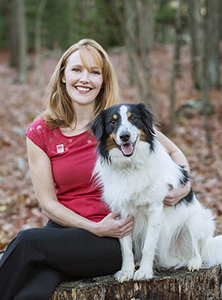
For ten years, Dr. Heather Loenser has comforted pets in their time of crisis as an emergency veterinarian. Outside the hospital, she supports her profession with the American Animal Hospital Association (AAHA) as the staff Veterinary Advisor in Professional and Public Affairs. A sought-after guest on TV and radio, she shares her expertise on the Today Show, Fox News, Live with Kelly, Dr. Oz and local television in the New York City, Philadelphia and Washington, D.C. area. She loves nothing more than hanging out with her rescued dog, Calvin.




